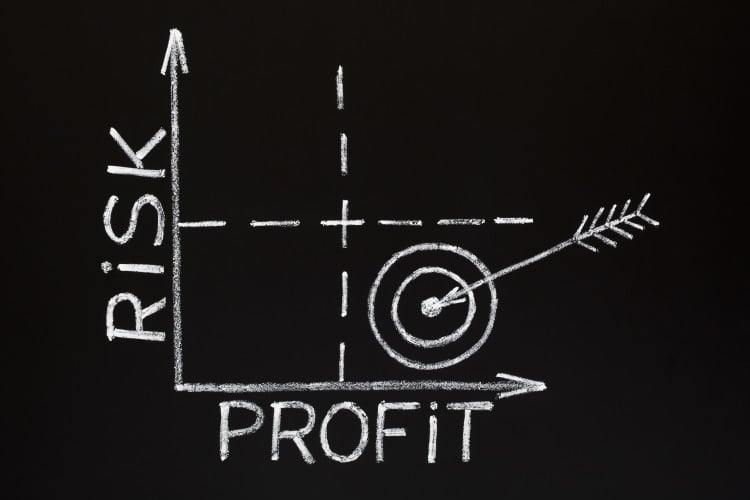 Launching a business is already risky – many entrepreneurs leave a full time job with a good salary, benefits and security, to venture off into the unknown – no salary, no benefits and certainly no security.
Launching a business is already risky – many entrepreneurs leave a full time job with a good salary, benefits and security, to venture off into the unknown – no salary, no benefits and certainly no security.
But they do it because they are, well, entrepreneurs. The very word conjures up images of fast-moving, fast-talking, big-money-making heroes, so it’s no wonder that entrepreneurs are not averse to risk taking, but let’s talk about which risks are smart and which risks are just too risky!
Big companies with substantial budgets and unlimited resources can take larger financial risks because they have more money in the bank, but for entrepreneurs, the leap is a little more precarious. But without taking leaps, a small company will never grow and compete with the big ones. Therefore, the question is not whether or not a risk should be taken, but which risks are worth it and which aren’t?
Take these four steps when evaluating whether or not to take a risk:
1. Do Your Research (But Not Too Much)
You want to have a good idea of what the potential result might be based on things like competition, customer demand, staff, etc., but you don’t want to research and calculate so much that it stalls you into immobility. Ask opinions of customers, employees and others who are trying to solve a similar problem, and do a Google search to see what is working and what isn’t.
2. Talk It Out
Talk to a lot of people about your ideas, and each time you get a reaction about your idea or solution – whether it’s positive or negative – you should carefully evaluate what was said. It’s less about what they actually say than how you react to their opinions. If someone says your idea is terrible and a tiny part of you agrees, pull that apart and take a careful look at whether it’s true. If someone says you will never be able to raise the money needed and you feel absolutely confident that they are wrong, then smile and move on.
3. Model It
Sketch out a quick financial analysis of the risk. Ask yourself things like: What are the costs? What is the return? You need to have a good estimation of how big an impact the risk will have on your business. The bigger the potential risk often yields bigger rewards, but every case is different. Establish multiple scenarios and play with the numbers. What if you get 10% of the response you actually want? Can you get rid of the extra inventory and at least break even? What if you get 200%? Can you meet the demand?
4. Go for Broke
After you’ve completed the preceding steps, you should have a good indication of what your next move should be. If you’re ready to dive in, make sure you’re 100 percent committed – map out a plan and stick to it. If, after all the steps, you’re still wavering, take a breath and move on to another idea and see if the original idea pops back up again after some time. If it does, maybe it’s time to revamp and start these steps again.

